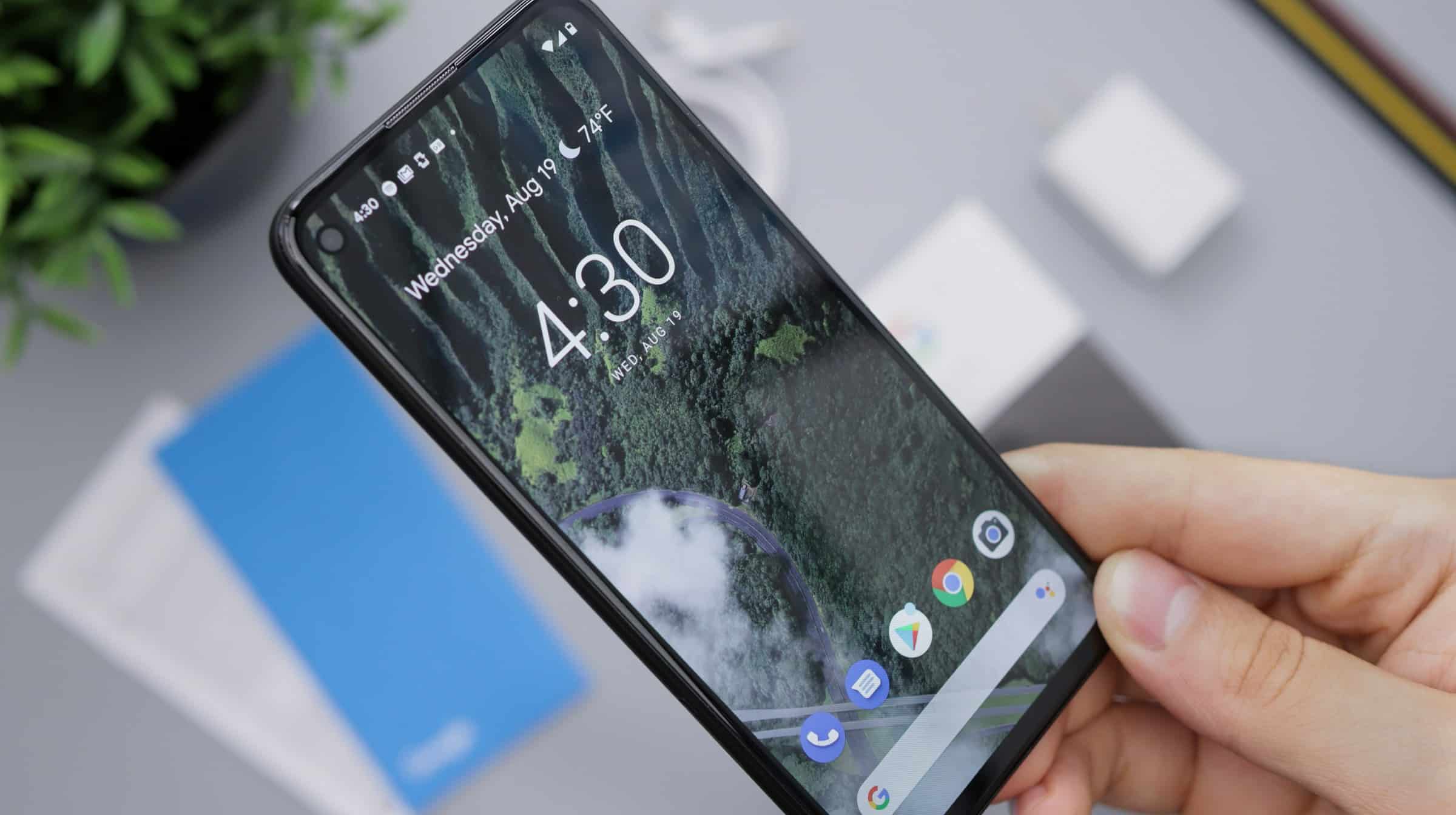What Are the Steps to Set Up a Smart Thermostat Using Your Smartphone?

In the age of smart homes and interconnected devices, installing a smart thermostat with your smartphone has become a straightforward process. These devices offer more than just the ability to control your home's temperature; they provide energy savings, increased comfort, and greater control over your heating and cooling system. Whether you're installing a Nest thermostat or another smart thermostat, the steps remain relatively similar. This guide will walk you through the process of setting up your smart thermostat using your smartphone.
Preparing for Installation
Before you begin the installation process, ensure you have all the necessary components and tools. You'll need the smart thermostat, a wall plate, wires, and a few basic tools like a screwdriver. Additionally, make sure your HVAC system is compatible with the smart thermostat you’ve chosen. Most manufacturers, including Google Nest, offer compatibility checkers on their websites.
Lire également : What Are the Techniques to Enhance the Photo Editing Capabilities on Your Tablet?
First, you need to turn power off to your HVAC system to prevent any electrical mishaps. Locate the circuit breaker and switch off the appropriate breaker. Verify that the power is off by trying to control your thermostat; it should be unresponsive.
Next, remove the old thermostat from the wall. Carefully disconnect the wires from the old thermostat, labeling them as you go. This will help when connecting them to the new smart thermostat. Most smart thermostats come with labels to make this process easier.
Lire également : How Can You Use Augmented Reality on Your Smartphone for Interior Design?
Installing the Smart Thermostat
With the old thermostat removed and the wires labeled, it's time to install the new smart thermostat. Begin by attaching the wall plate to the wall. The wall plate not only serves as a mount for the thermostat but also covers any unsightly holes left by the old thermostat.
Once the wall plate is securely attached, connect the labeled wires to the corresponding terminals on the new thermostat. Ensure each wire is properly seated to avoid any issues with the heating and cooling system. Most modern smart thermostats are designed to work with a variety of HVAC systems, but it's essential to follow the manufacturer's instructions carefully.
After connecting the wires, attach the thermostat to the wall plate. This usually involves snapping the device into place. Once secure, you can turn power back on at the circuit breaker.
Configuring the Thermostat
Now that the thermostat is physically installed, it's time to configure it using your smartphone. Download the thermostat app from the App Store or Google Play. The Nest app, for instance, is available for both iOS and Android devices.
Open the app and create an account or log into your existing account. Follow the on-screen instructions to add your device. This typically involves scanning a QR code or entering a unique code found on the thermostat’s display.
The app will guide you through the setup process, including connecting the thermostat to your home Wi-Fi network. This step is crucial as it allows you to control your thermostat remotely using your smartphone. Ensure you have a strong Wi-Fi signal where the thermostat is installed to avoid connectivity issues.
Once connected, the app will prompt you to configure your settings. This includes setting your desired temperatures for different times of the day and enabling features like energy-saving modes. If you're using a Nest thermostat, you can also enable the Nest Sense feature, which learns your schedule and adjusts the temperature automatically.
Customizing Your System
One of the key benefits of a smart thermostat is its ability to be customized to fit your lifestyle. Utilize the thermostat app to set up schedules that match your routine. For example, you can program the thermostat to lower the temperature while you’re at work and raise it just before you return home.
Smart thermostats also offer various modes that enhance their functionality. The energy savings mode, for example, can significantly reduce your utility bills by optimizing the heating and cooling settings. Most smart thermostats also come with a vacation mode that maintains a consistent temperature when you're away, preventing energy waste.
Moreover, many models allow for integration with other smart home devices. If you have a Google Home or Amazon Alexa, you can use voice commands to control your thermostat. This integration adds another layer of convenience, letting you make adjustments without even opening the app.
Additionally, smart thermostats can provide insights into your HVAC system's performance. The app can generate reports showing your energy usage and suggest ways to improve efficiency. This data can be invaluable for making informed decisions about your home’s heating and cooling habits.
Monitoring and Maintenance
Once your smart thermostat is up and running, it's crucial to monitor its performance and maintain your system regularly. The thermostat app will send notifications if any issues arise, such as a drop in Wi-Fi connectivity or a problem with the HVAC system. Keeping an eye on these alerts can help you address problems before they become significant.
Regular maintenance of your HVAC system is also essential for the optimal performance of your smart thermostat. Change your filters regularly, schedule annual check-ups, and ensure that all components are functioning correctly. A well-maintained HVAC system not only extends the life of your thermostat but also ensures your home stays comfortable year-round.
Smart thermostats also offer the ability to monitor your home’s climate remotely. If you have pets at home, this can be particularly useful. You can adjust the temperature from your smartphone to ensure they stay comfortable, even when you’re away.
Finally, take advantage of any firmware updates for your thermostat. Manufacturers often release updates that improve functionality, fix bugs, and enhance security. The thermostat app will notify you when updates are available, ensuring your device remains up-to-date and secure.
Setting up a smart thermostat using your smartphone is a relatively simple process that yields significant benefits. From energy savings and enhanced comfort to greater control over your heating and cooling system, a smart thermostat is a valuable addition to any home.
By preparing properly, installing the device correctly, configuring it through the app, customizing your settings, and regularly monitoring and maintaining your system, you can ensure your smart thermostat performs optimally. The convenience of controlling your home's climate from your phone, paired with the insights provided by the thermostat app, makes this technology an excellent investment for any homeowner.
In conclusion, the steps to set up a smart thermostat using your smartphone involve careful preparation, precise installation, comprehensive configuration, ongoing customization, and diligent monitoring. By following this guide, you’ll not only improve your home’s comfort and efficiency but also take a significant step towards a more connected and energy-efficient lifestyle.
